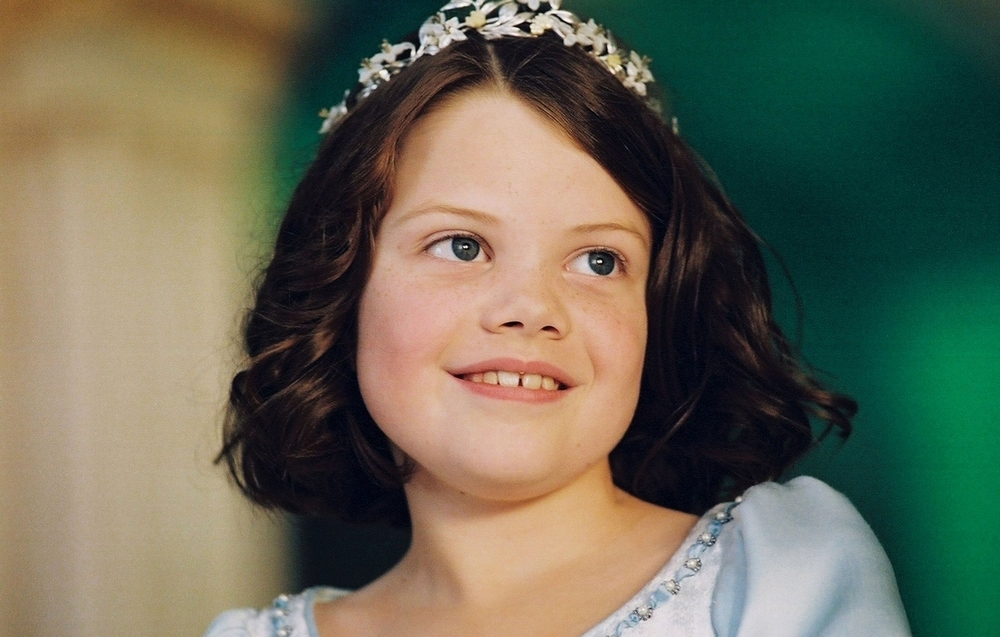- As happened in the book, Lucy becomes desirous to use a spell which will give her the beauty of her sister Susan. As in the book, Aslan chides her for this. But whereas in the book the problem was with her jealousy, in the film this is somehow represented as a mere lack of self-confidence. But she still feels the need to apologise to Aslan over it.
- The changes to the relationship between Coriakin and the Dufflepuds. In the book, the Dufflepuds turned themselves (and, as an unintended consequence, Coriakin) invisible because they believed themselves to be ugly. In the film he unilaterally turns them invisible - and sure, it's for their own protection, but would it have been so difficult to explain what he was doing? - and is presented as being unquestionably justified.
- On a related note, Coriakin is, above all else, what leads me to compare the film to a D&D campaign. He is quite literally a Mr Exposition, launching with next to no explanation into a description of exactly must the main characters must do.
With my dislike of the film sated, I'll just note two things which amazed/shocked me. First, look at these pictures of Eustace Scrubb:
After you've finished being creeped out by how much a boy can look like a lizard, would you guess that the actor playing him was 16 at the time of filming?
Second, note the girl on the right. That's Lucy Pevensie, as portrayed by Georgie Henley. This is a picture of her looking incredibly cute upon first encountering Narnia:
This is a picture of her looking incredibly cute while talking to Mr Tumnus after her coronation:
And this is the picture which appears at the top of her page on TV Tropes;
CHILDHOOD. RUINED.





No comments:
Post a Comment